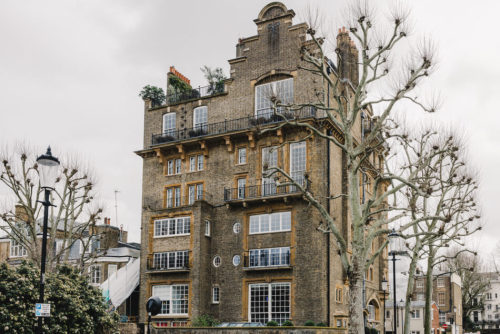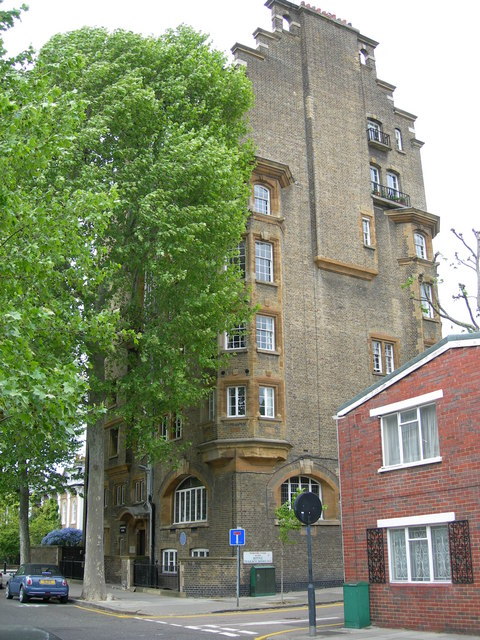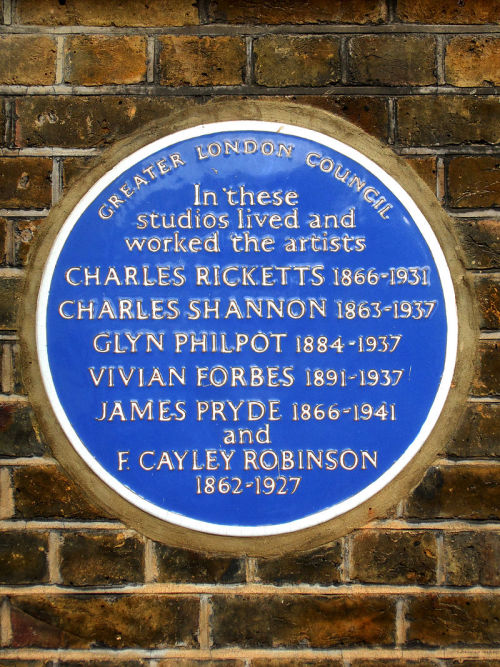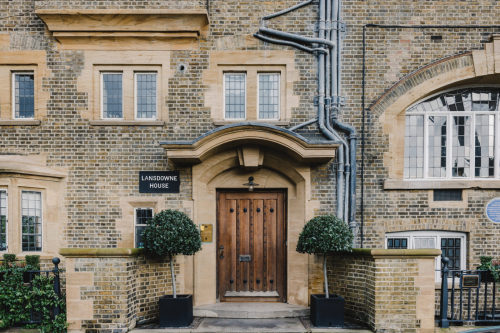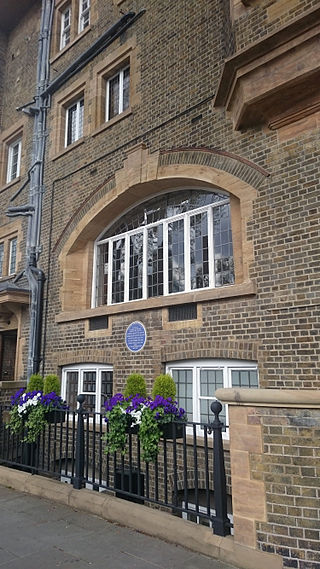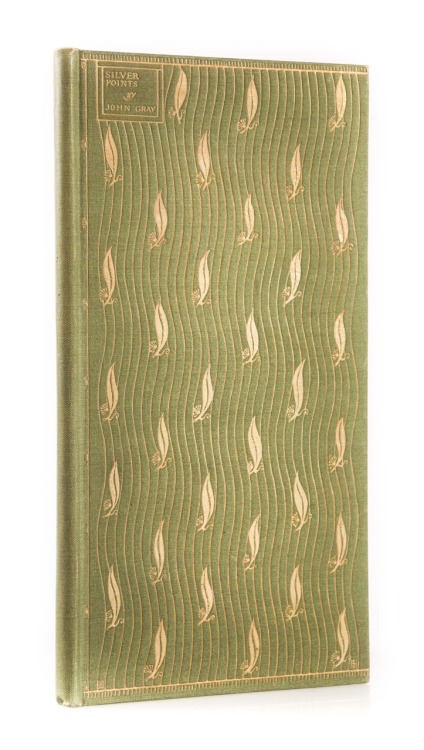#charles ricketts
Lansdowne House 80, Lansdowne Road, Notting Hill, London
Designed by architect William Flockhart in 1904 as a set of 6 purpose built artist studio flats
Among the artist residents were Charles Ricketts and Charles Shannon who lived and worked there until 1923, Glyn Philpot, Vivian Forbes, James Pryde and F. Gayley Robinson.
The last two pictures are screenshots of the 1968 psychedelic film “Wonderwall” ( by director Joe Massot, starring Jane Birkin and Jack McGowran) in which Lansdowne House served as one of the film’s locations.
Post link
One of the highpoints of the Fin de Siècle – John Gray’s “Silverpoints” (1893). Cover, initials, colophon and typographical design by Charles Ricketts. One of 250 numbered copies.
A book justly celebrated for its design by Charles Ricketts. It is instantly recognisable by its format, which is roughly that of a large cheque book. Its cover design consists of a field of feather or willow leaf devices, arranged on a background of wavy gilt rules: while the arrangement is regular, the angles at which they are placed is irregular, giving an appearance of lightness and of motion. The text pages are a miracle of margins, in which Gray‘s rather slight poems, heavily influence by Verlaine, Mallarmé and Dowson appear almost as an afterthought. Gray came from a lower middle-class South East London background to become the darling of Chelsea’s salons, lending his name to Wilde’s Dorian Gray, before throwing it in for a life of Catholic chastity in Edinburgh.
An exceptionally good copy with only two very small ink dots (the size of a needle point) on the spine to mar its perfection. Attractive small pencil monogram and small booklabel of John Gere, at one time keeper of prints and drawings at the British Museum and nephew of C.M. Gere, artist, and with the earlier armorial bookplate of one George Herbert Wailes, apparently a phycologist.
This gem of a book will be coming with us to the Olympia Book Fair, which opens tomorrow, a highlight from Maggs’ Modern Department.
Post link

